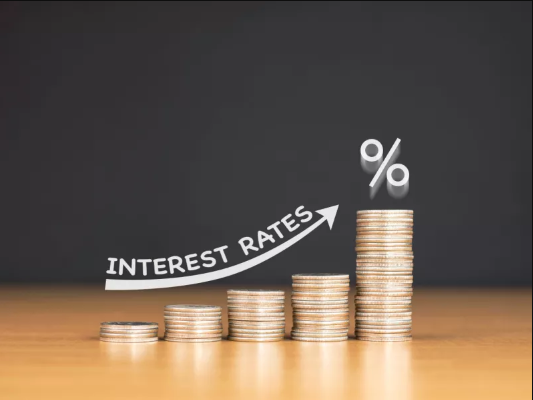In the realm of finance, interest rates hold a pivotal role, influencing everything from your mortgage payments to the cost of financing a new car. Whether you’re a homeowner pondering refinancing options, a student managing loans, or someone considering a new vehicle, understanding how interest rates work is crucial. This blog post will demystify interest rates, explain their mechanics, and explore their impact on various types of loans.
What are Interest Rates?
Simply put, an interest rate is the cost of borrowing money. It’s a percentage of the principal—the original loan amount—that lenders charge borrowers for using their money. For savers and investors, it’s the rate banks pay them to use their money. Interest rates are determined by several factors, including central bank policies, economic conditions, inflation, and the creditworthiness of borrowers. When it comes to understanding interest rates, using professionals like Trunorth Advisors Seneca news is your first step to bringing you financial peace and understanding regarding interest rates.
How Do Interest Rates Work?
Interest rates can be either fixed or variable. A fixed interest rate remains constant throughout the term of the loan, making budgeting easier since payment amounts don’t change. On the other hand, variable rates can fluctuate with market conditions, typically pegged to benchmarks like the prime rate or the LIBOR (London Inter-bank Offered Rate).
The calculation of interest can be simple or compound:
- Simple interest is calculated on the principal amount of a loan and does not compound.
- Compound interest, which is common in the finance world, means that interest is calculated on the principal and also on any accumulated interest.
Impact on Different Types of Loans
Home Loans/Mortgages:
Fixed-rate mortgages make it straightforward to plan finances since the interest rate, and consequently the payments, remain constant. Conversely, adjustable-rate mortgages might start with lower rates but can increase, which adds a degree of uncertainty to monthly budgeting.
When rates drop, refinancing can be a savvy financial move to decrease your payments or change the terms of your loan.
Auto Loans:
Similar to home loans, auto loans can have fixed or variable rates. Lower interest rates make higher-end vehicles more affordable, whereas higher rates might limit choices to less expensive models or used cars.
Student Loans:
These can be federal or private, with interest rates and repayment terms varying widely. Federal rates are typically fixed and lower than private loans, which can have variable rates and might cost more over time.
Credit Cards:
Credit card debt, often with higher variable interest rates, can grow quickly if balances aren’t paid off monthly. Understanding how these rates compound can help manage and prioritize payments.
Personal Loans:
These can be used for consolidating debt, funding home improvements, or covering unexpected expenses. Rates may vary based on your credit score and other factors affecting the affordability of the loan.
The Broader Economic Impact
Interest rates are not just numbers on a page; they reflect broader economic policies and conditions. Central banks manipulate rates to control economic growth and inflation. For example, lowering interest rates tends to stimulate spending by making borrowing cheaper, which can boost economic activity. Conversely, raising rates can help cool down an overheating economy and curb inflation.
Conclusion
Understanding how interest rates work and their implications on loans can significantly affect financial planning and decision-making. Whether securing a mortgage, financing a car, or choosing a credit card, being informed helps navigate the complexities of financial commitments. Keeping an eye on interest rate trends can also provide valuable insights and opportunities for saving money over the long term, ensuring your financial health remains robust in changing economic landscapes.

